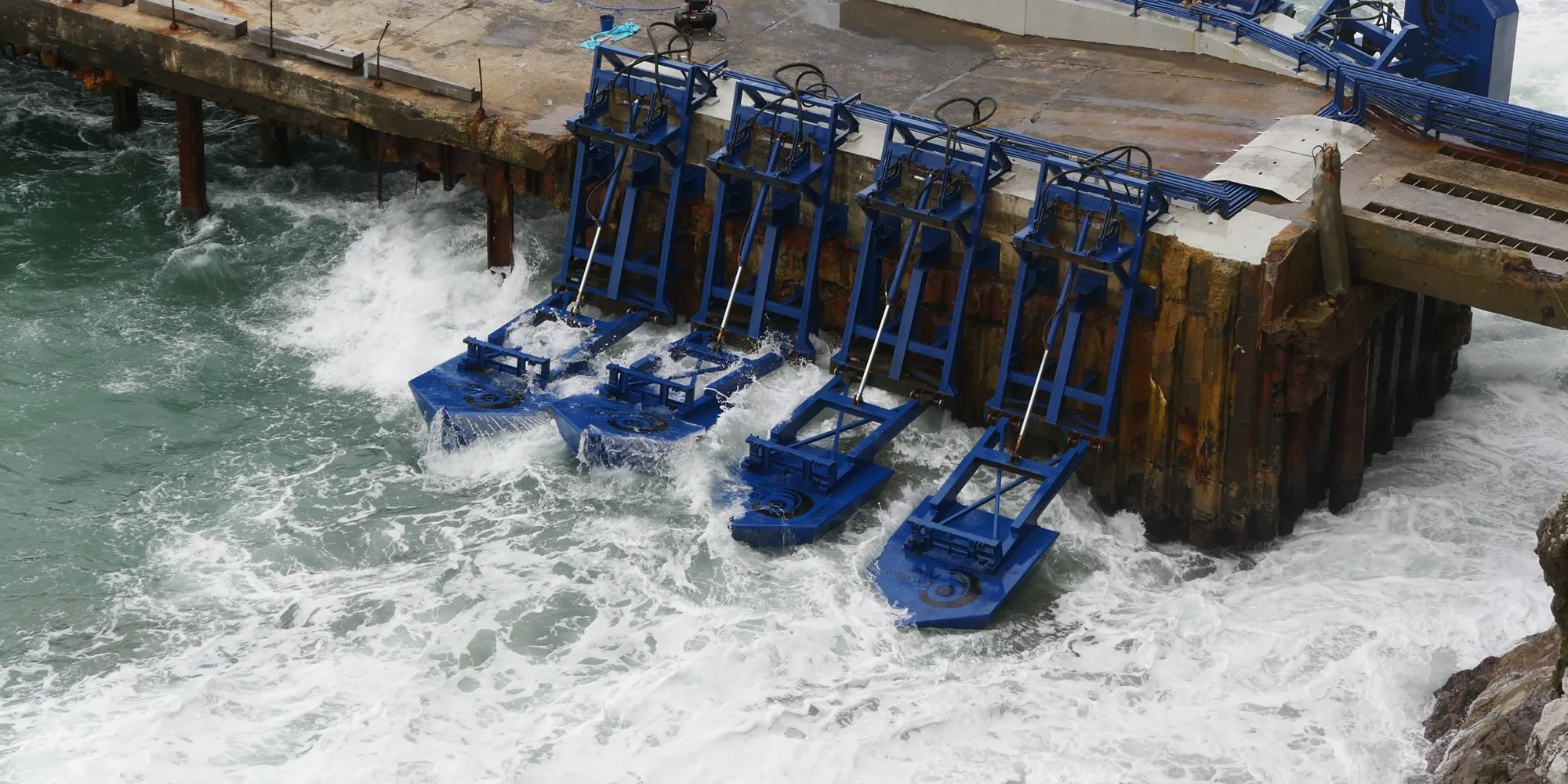
Making Waves with Wave Power: A Sustainable Solution
As the world’s energy needs continue to increase, the need for sustainable energy sources becomes more pressing. Wave power is an emerging technology that offers a clean and renewable energy source. This article explores the potential of wave power, how it works, and its benefits.
Introduction
Wave power is an exciting and promising technology that harnesses the energy of ocean waves to produce electricity. With the world’s growing energy needs and the urgency of reducing carbon emissions, wave power offers a clean and renewable source of energy that can help address these challenges. This article aims to explore the potential of wave power, how it works, and its benefits.
What is wave power?
Wave power is a form of renewable energy that harnesses the energy of ocean waves to produce electricity. Waves are caused by the wind blowing over the surface of the ocean, and this movement generates kinetic energy that can be captured and converted into electricity.
The history of wave power
The history of wave power dates back to the 18th century, when the first patent for a wave-powered device was filed. However, it wasn’t until the 20th century that significant progress was made in developing wave power technologies. The first wave power plant was built in Scotland in 1991, and since then, several countries have begun to explore the potential of wave power.
How does wave power work?
Wave power works by capturing the kinetic energy of ocean waves and converting it into electricity. There are several types of wave power technologies, but most work by using the up-and-down motion of waves to drive a generator. As the waves move up and down, they push and pull on a buoy or other floating device, which in turn drives a generator that produces electricity.
Types of wave power technologies
There are several types of wave power technologies, including:
- Point absorbers: These devices use a floating buoy or similar structure to capture the energy of waves.
- Oscillating water columns: These devices use the movement of waves to compress air in a chamber, which drives a turbine to produce electricity.
- Overtopping devices: These devices use the power of waves to push water over a ramp, which then falls onto a turbine to produce electricity.
- Wave snakes: These devices use a series of linked buoys or floats to capture the energy of waves and drive a generator.
Advantages of wave power
Wave power has several advantages as a form of renewable energy, including:
- It is a clean and renewable source of energy that produces no carbon emissions.
- It is more predictable than wind or solar power, as ocean waves are constant and reliable.
- It has the potential to be more efficient than other renewable energy sources, as the energy density of waves is higher than that of wind or solar power.
Challenges of wave power
Despite its many advantages, wave power also faces several challenges, including:
- The high cost of developing and deploying wave power technologies
- the harsh ocean environment, which can damage and degrade wave power devices.
- The potential impact on marine ecosystems and habitats
Wave power projects around the world
Despite these challenges, several countries have begun to explore the potential of wave power. Some notable wave power projects around the world include:
- A wave farm in Portugal: The Aguçadoura Wave Farm was the world’s first commercial wave power plant. It operated from 2008 to 2009 and generated 2.25 MW of electricity.
- A wave energy converter in Australia: The CETO wave energy converter is a system that uses a submerged buoy to capture the energy of waves. It has been deployed off the coast of Western Australia and has the potential to generate up to 1 MW of electricity.
- A wave power device in Scotland: The Pelamis Wave Energy Converter is a device that uses a series of linked cylindrical segments to capture the energy of waves. It was deployed off the coast of Scotland and generated 2.25 MW of electricity.
9. The future of wave power
The future of wave power is promising, but there are still many challenges to overcome. As technology improves and costs come down, wave power has the potential to become a significant source of clean and renewable energy. Some of the areas where future developments could occur include:
- Improving the efficiency of wave power devices to generate more electricity from smaller and more cost-effective devices
- Developing new materials and designs that can withstand the harsh ocean environment and reduce maintenance costs
- Expanding the use of wave power to remote or offshore areas where traditional energy sources are not available
10. Conclusion
Wave power is an emerging technology that offers a clean and renewable source of energy. While there are still many challenges to overcome, the potential of wave power is significant. As the world continues to grapple with the urgent need to reduce carbon emissions and transition to sustainable energy sources, wave power has the potential to play an important role in this transition.
11. FAQs
-
How much electricity can wave power generate? Wave power devices can generate anywhere from a few kilowatts to several megawatts of electricity, depending on their size and design.
-
What are the advantages of wave power? Wave power is a clean and renewable source of energy that produces no carbon emissions. It is also more predictable than other renewable energy sources and has the potential to be more efficient.
-
What are the challenges of wave power? The high cost of developing and deploying wave power technologies, the harsh ocean environment, and the potential impact on marine ecosystems are some of the challenges facing wave power.
-
What is the future of wave power? As technology improves and costs come down, wave power has the potential to become a significant source of clean and renewable energy.
-
Where are some wave power projects located? Wave power projects have been deployed in several countries, including Portugal, Australia, and Scotland.
